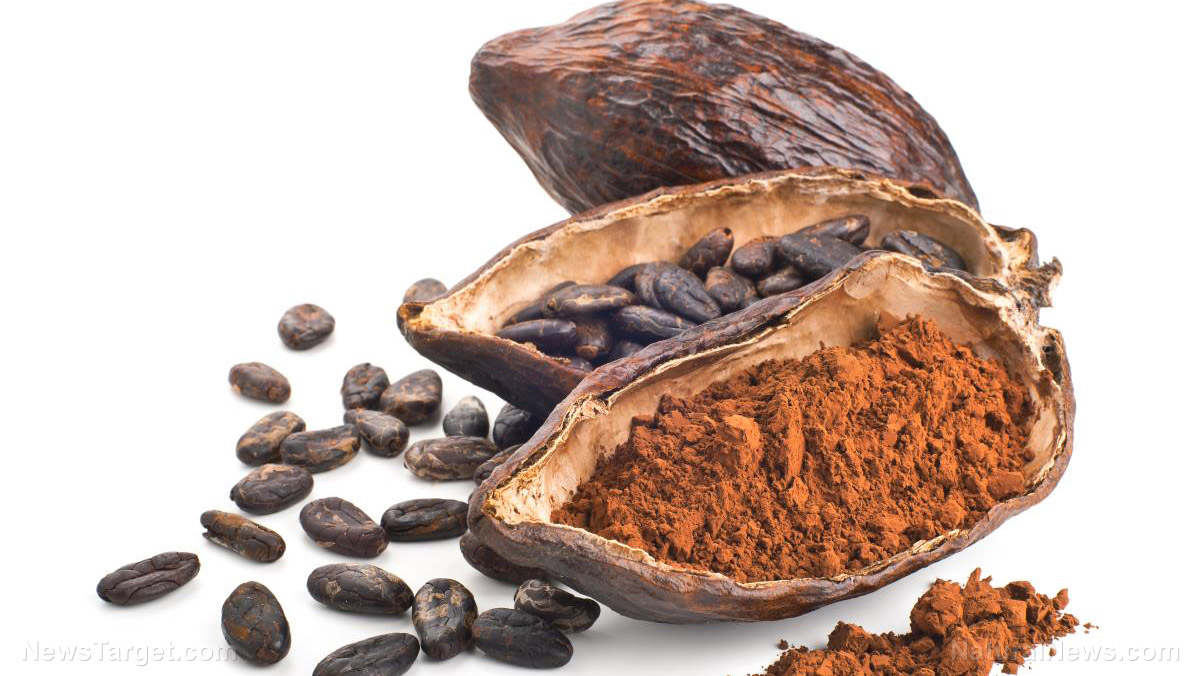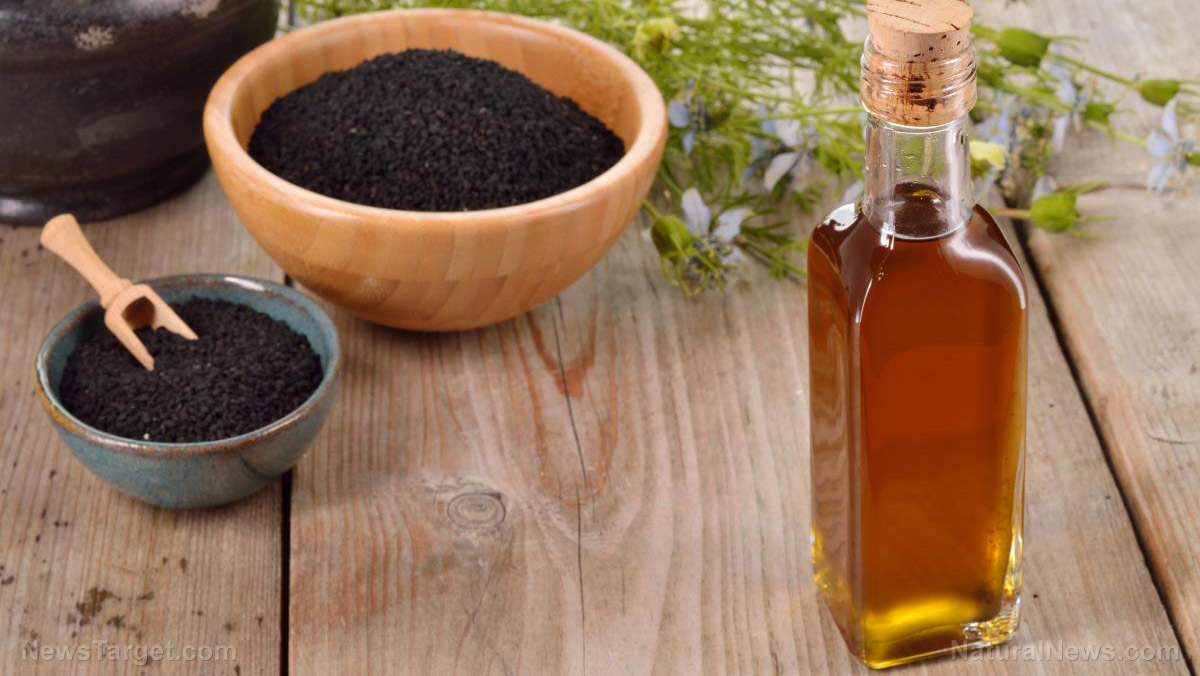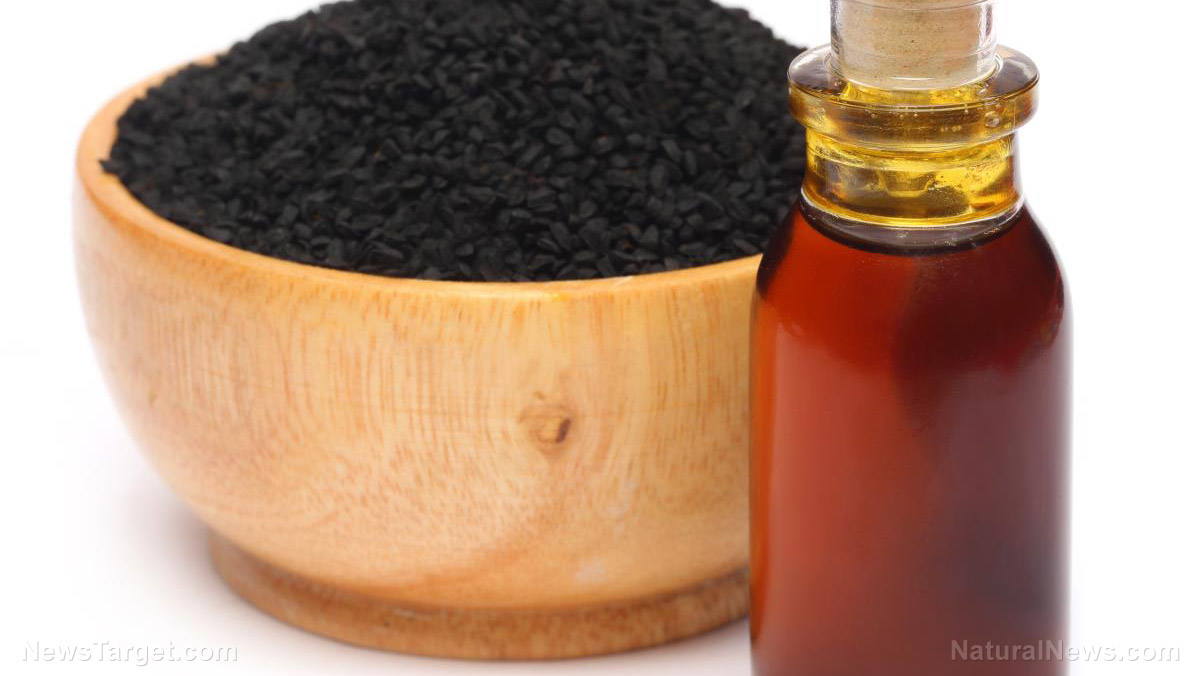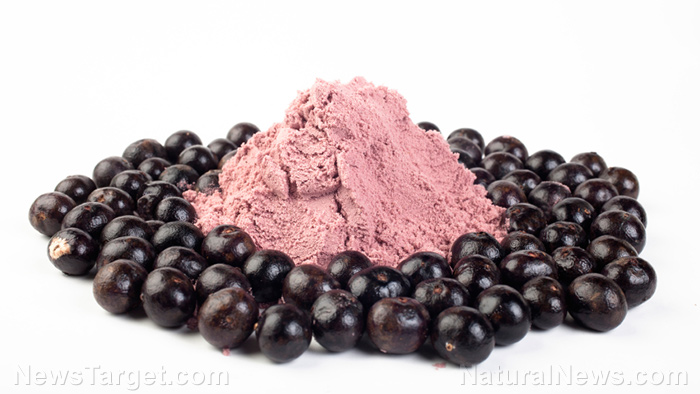Polyphenols in plum exhibit anticancer properties
06/12/2019 / By Michelle Simmons
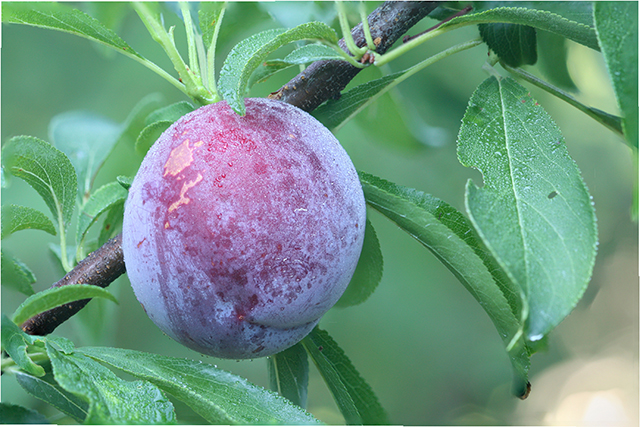
Researchers at Texas A&M University looked at the potential of plum (Prunus salicina L.) polyphenols in fighting cancer. They published their findings in the journal Nutrition Research.
- The nutritional prevention of aberrant crypt foci, which are microscopic lesions in the lining of the colon and rectum, by polyphenols may be a crucial step to dietary cancer prevention.
- In the study, the researchers examined the anti-inflammatory and antitumorigenic properties of plum polyphenols, such as chlorogenic acid and neochlorogenic acid, in azoxymethane-treated rats.
- They hypothesized that plum polyphenols could suppress azoxymethane-induced aberrant crypt foci formation through alterations in the protein kinase B (AKT)/mammalian target of rapamycin (mTOR) pathway and relative micro-RNA expressions.
- To test this hypothesis, they treated rats with either plum beverage or a control beverage for 10 weeks and administered azoxymethane at the second and third week.
- Results revealed that the consumption of the plum beverage decreased the number of dysplastic aberrant crypt foci by 48 percent and reduced the proliferation of mucosal cells by 24 percent.
- The plum beverage also reduced the activity of glutathione peroxidase, superoxide dismutase, and catalase in mucosal scrapings, as well as the superoxide dismutase activity in serum.
- Proinflammatory enzymes were also reduced, as well as the expression of AKT and mTOR messenger RNA, phosphorylated AKT, mTOR, and hypoxia-inducible factor-1alpha protein levels, and the ratio of the phosphorylated/total protein expression of mTOR.
- The plum beverage also increased the expression of miR-143, which is involved in the regulation of AKT.
In sum, these results suggested that plum polyphenols may fight against colon cancer by targeting the AKT/mTOR pathway and miR-143.
To read more studies on foods that help fight cancer, visit Anticancer.news.
Journal Reference:
Banerjee N, Kim H, Talcott ST, Turner ND, Byrne DH, Mertens-Talcott SU. PLUM POLYPHENOLS INHIBIT COLORECTAL ABERRANT CRYPT FOCI FORMATION IN RATS: POTENTIAL ROLE OF THE MIR-143/PROTEIN KINASE B/MAMMALIAN TARGET OF RAPAMYCIN AXIS. Nutrition Research. October 2016; 36(10): 1105-1113. DOI: 10.1016/j.nutres.2016.06.008
Submit a correction >>
Tagged Under:
This article may contain statements that reflect the opinion of the author
RECENT NEWS & ARTICLES
COPYRIGHT © 2017 SUPER FOODS NEWS













